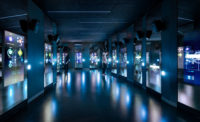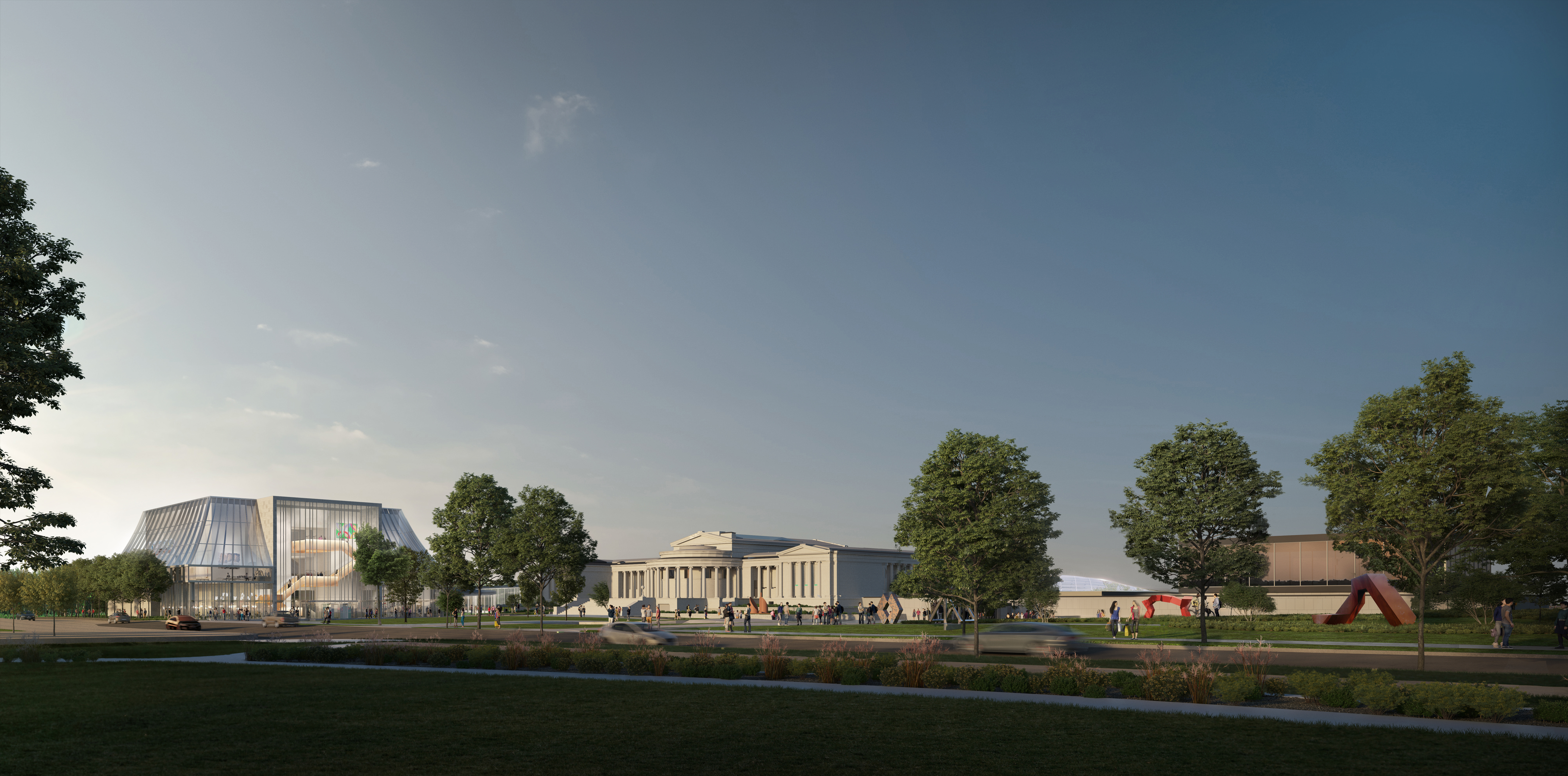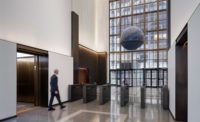Two Sustainably-Designed Towers by New York-Based Firms Set to Rise in Jakarta














Indonesia’s burgeoning economy has turned Jakarta into a hotbed of construction activity. Crews broke ground last week on the Sequis Centre Tower in the city’s central business district. Designed by Kohn Pedersen Fox Associates (KPF) to be Indonesia’s first LEED Platinum building, the mixed-use tower includes office space, executive zones, trading floors, boutique retail, restaurants, conference centers, heath facilities, and concealed parking.
In response to the diverse program and in contrast to Jakarta’s conventional all-glass rectilinear office buildings, Sequis Centre Tower’s massing “recomposes an extruded tower into four bundled and deflected super-tubes that, in the spirit of the local landscape, emerge naturally from the site,” explains Senior Designer and KPF Director Jeffrey Kenoff.
The project, a recipient of a 2013 MIPIM Asia award, which honors outstanding real estate projects in the Asia Pacific region, features multiple sustainable strategies, particularly within its envelope. A gradation of shading fins and panels are arrayed across the tower’s curtain wall, which is optimized on each side to compensate for façade-specific solar radiation levels. High-efficiency systems and the use of locally-sourced and recycled materials reduce the amount of energy used and embedded in the tower.
Meanwhile, Skidmore, Owings & Merrill (SOM) unveiled plans earlier this month for Pertamina Energy Tower. Rising more than 1,600 feet above Jakarta, the tower will be a new landmark on the capitol’s skyline. Created for the state-owned energy company, Pertamina, the large-scale project will feature a performing arts and exhibition pavilion, a mosque, and a central energy plant in addition to the office tower.
According to SOM, Pertamina Energy Tower is the world’s first supertall tower for which energy is the primary design driver. Gently tapering towards a rounded top, the 99-story tower opens up at the crown, revealing a ‘wind funnel’ that will take advantage of the prevailing winds and their increased speeds at the upper floors to generate energy. Precisely calibrated for Jakarta’s proximity to the equator, the tower’s curved facade will mitigate solar heat gain throughout the year. Exterior sun shades will dramatically improve the workplace environment and save energy by reducing the need for artificial lighting in the office interiors. Scott Duncan, the SOM Director who led the project’s design states, “The headquarters’ performance-driven design supports and reflects the ambition of Pertamina’s mission and forges an innovative model of green development in Jakarta.” The project is slated for completion in 2020.











